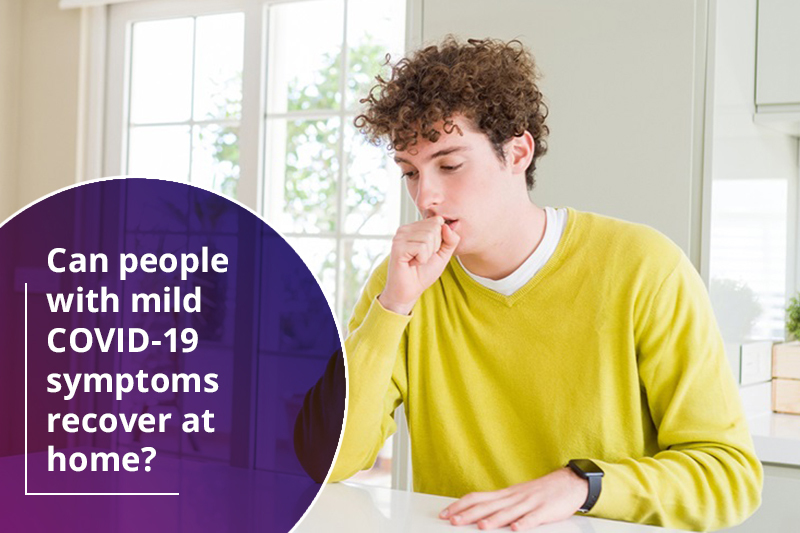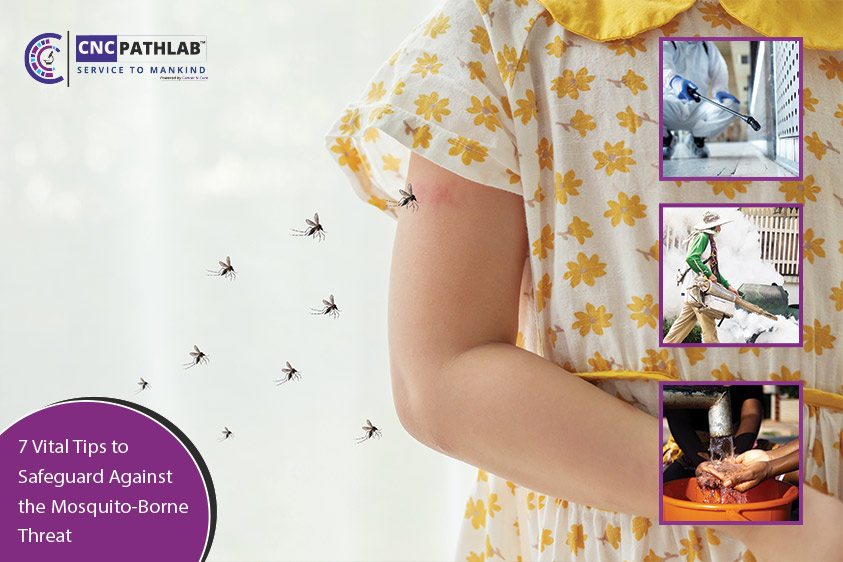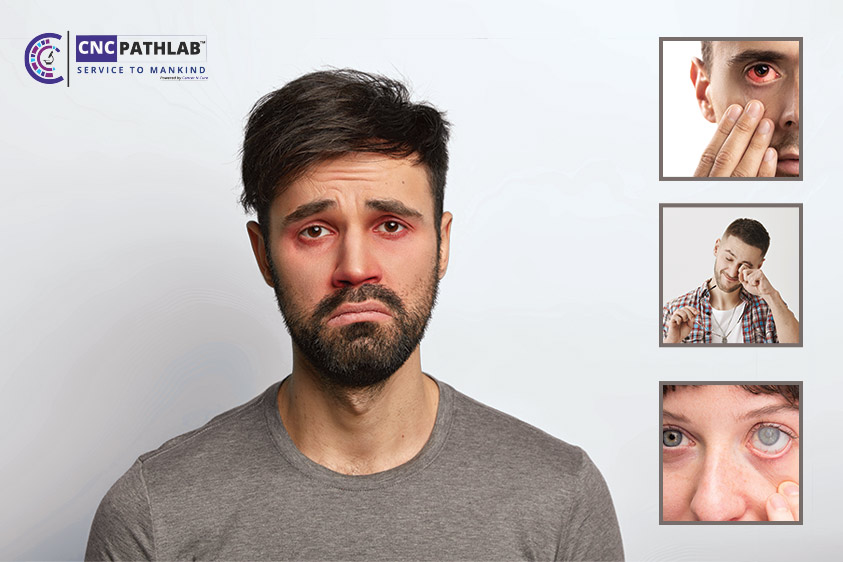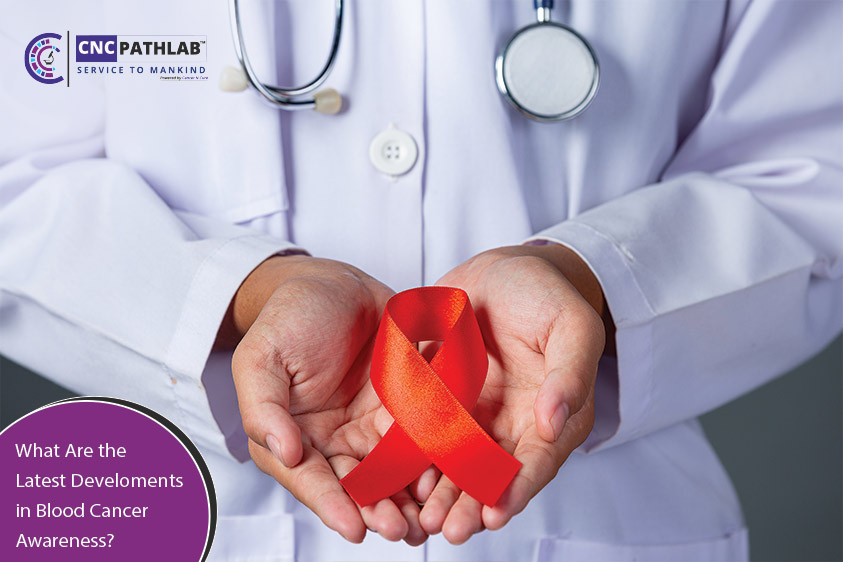Can people with mild COVID-19 symptoms recover at home?
Have you considered what you'll need if you contract COVID-19 and need to self-quarantine?
With the introduction of highly infectious COVID-19 variants such as Delta and Omicron, the risk of contracting the coronavirus has increased, even among people who are fully vaccinated.
Vaccines will still protect the majority of people from becoming seriously ill with COVID-19. However, even a mild case of COVID-19 necessitates self-quarantine in order to prevent the virus from spreading to friends, family, and others in your community.
Read also: What is Covid XE Variant? Is could be more dangerous or not?
You tested positive for COVID-19, but you're healthy enough to recover at home. You must isolate yourself at home while you recover. People who are infected with COVID-19 are isolated at home from other people who are not infected with the virus. You should remain isolated at home until it is safe to interact with others.
To help prevent the spread of COVID-19, isolate yourself and stay away from other people while in home isolation.
- Stay in a specific room as much as possible and away from others in your home. If possible, use a separate bathroom. Except for medical reasons, do not leave your house.
- Has the food been delivered to you? Except to use the restroom, try not to leave the room.
- When you see your health care provider and whenever other people are in the same room as you, wear a well-fitting face mask or respirator that fits well over your nose and mouth without gaps.
- Take steps to improve your home's ventilation. You can accomplish this by turning on exhaust fans in your bathrooms and kitchen, using a portable air cleaner, and turning the fan on your furnace or air conditioning to "on" if your home has central heating and cooling.
- Wash your hands several times a day for at least 20 seconds with soap and running water. If soap and water are not readily available, use an alcohol-based hand sanitizer containing at least 60% alcohol.
- Personal items such as cups, eating utensils, towels, and bedding should not be shared. Soap and water should be used to clean anything you've used.
When Should Home Isolation be Ended?
If you are tested for COVID-19 after being diagnosed or experiencing symptoms of the illness, you are safe to be around others if ALL of the following conditions are met:
- It has been at least 5 days since your symptoms first appeared (day 0 is the day symptoms first appeared, and day 1 is the day after symptoms first appeared).
- You have not had a fever for at least 24 hours without the use of fever-reducing medication.
- Your other symptoms, such as coughing, fever, and shortness of breath, are improving. (You may be able to leave home isolation even if you continue to experience symptoms such as loss of taste and smell, which can last for weeks or months.).
Wear a well-fitting mask or respirator that fits well over your nose and mouth without gaps for at least 5 more days while you are around other people, both at home and out in public. For the next five days, avoid going to restaurants or eating in public.
If you still have a fever after 5 days, continue to isolate yourself until you have been fever-free for 24 hours without taking any medication.
Read also: Why RT-PCR Test is essential for Covid-19?
Look After Yourself
As you recover at home, it's critical to get proper nutrition, stay active as much as possible, and take steps to relieve stress and anxiety.
Taking Care of COVID-19 Symptoms
It's critical to keep track of your symptoms and stay in touch with your doctor while recovering at home. You could be given instructions on how to monitor and report your symptoms. Follow your provider's instructions and take your medications as directed. If you are experiencing severe symptoms, dial 911 or your local emergency number.
Try the following tips to help manage COVID-19 symptoms:
- Rest and consume plenty of fluids.
- A lukewarm bath or sponge bath may help to alleviate fever. Continue to take your medication; otherwise, your temperature may rise again.
- Gargle with warm salt water several times a day to relieve a sore throat (1/2 teaspoon or 3 grams of salt in 1 cup or 240 milliliters of water). Warm liquids, such as tea or lemon tea with honey, should be consumed. Hard candies or throat lozenges should be consumed.
- To increase humidity in the air, use a vaporizer or take a steamy shower to relieve nasal congestion and soothe a dry throat and cough.
- Nasal congestion can also be relieved with saline spray.
- To compensate for fluid loss, drink 8 to 10 glasses of clear liquids, such as water, diluted fruit juices, and clear soups, to help relieve diarrhea. Avoid dairy, fried foods, caffeine, alcohol, and carbonated beverages.
- If you're feeling nauseous, eat small, bland meals. Foods with strong odors should be avoided. To stay hydrated, drink 8 to 10 glasses of water or clear fluids per day.
- Do not smoke, and avoid secondhand smoke.
Nutrition
COVID-19 symptoms, such as loss of taste and smell, nausea, or exhaustion, can make it difficult to eat. However, eating a healthy diet is essential for your recovery. These suggestions may be useful:
- Most of the time, try to eat healthy foods that you enjoy. Eat whenever you want, not just at mealtimes.
- Include a wide range of fruits and vegetables, whole grains, dairy, and protein foods. Include a protein-rich food at each meal (tofu, beans, legumes, cheese, fish, poultry, or lean meat)
- To help increase enjoyment, try adding herbs, spices, onion, garlic, ginger, hot sauce or spice, mustard, vinegar, pickles, and other strong flavors.
- To determine which foods are more appealing, experiment with different textures (soft or crunchy) and temperatures (cool or warm).
- Consume smaller meals more frequently throughout the day.
- Don't drink anything before or during your meals.
Physical Activity
- Even if you don't have much energy, it's critical to move your body every day. This will assist you in regaining your strength.
- Deep breathing exercises can help increase the amount of oxygen in your lungs while also opening up your airways. Request that your service provider show you.
- Simple stretching exercises keep your muscles from stiffening up. During the day, try to sit as upright as possible.
- Every day, try walking around your house for short periods of time. Try to do 5 minutes of exercise 5 times per day. Every week, gradually increase.
Mental Well-Being
People who have had COVID-19 are likely to experience a variety of emotions, including anxiety, depression, sadness, isolation, and anger. As a result, some people develop post-traumatic stress disorder (PTSD).
Many of the things you do to help with your recovery, such as eating a healthy diet, exercising regularly, and getting enough sleep, will also help you maintain a more positive attitude.
Relaxation techniques can help you reduce stress such as:
- Progressive muscle relaxation meditation
- Yoga for beginners
Reach out to people you trust via phone calls, social media, or video calls to avoid mental isolation. Discuss your experience and how you're feeling.
Call your doctor right away if you are experiencing sadness, anxiety, or depression:
- Affect your ability to assist yourself in healing
- Make it difficult to sleep
- Feeling overwhelmed
- Make you want to hurt yourself


.jpg)


.jpg)
